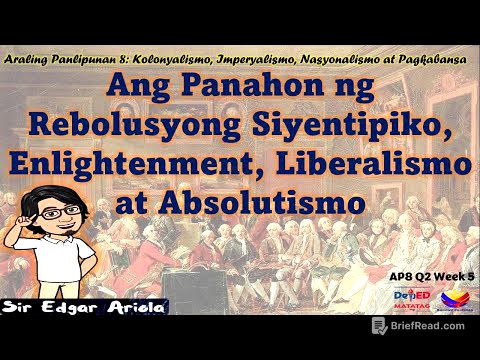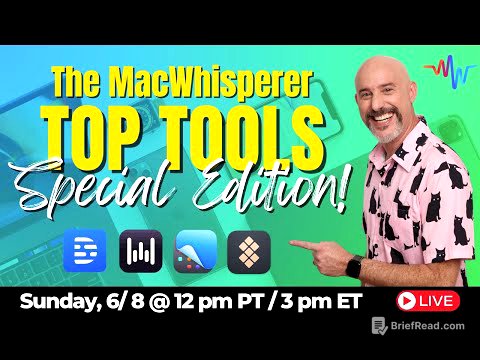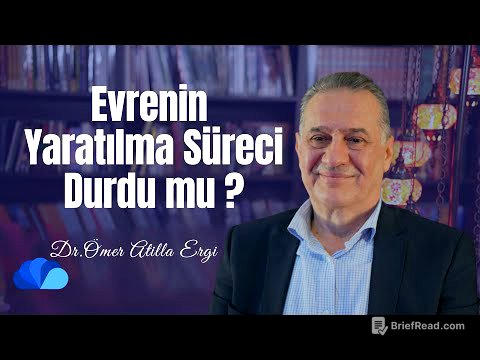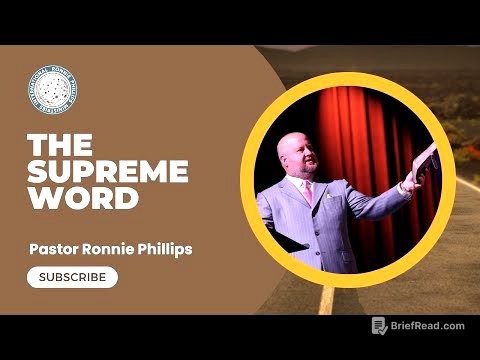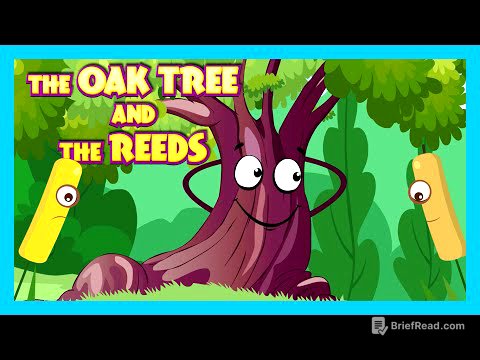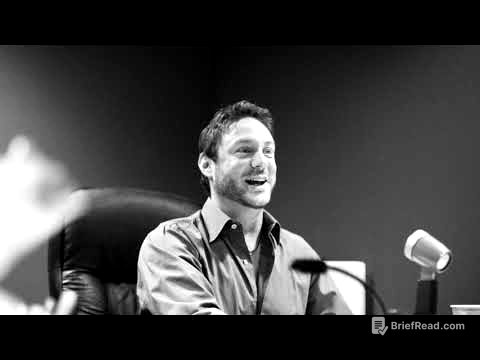TLDR;
This video explains different science process skills. It covers skills such as observing, describing, comparing and contrasting, classifying, predicting, hypothesizing, inferring, concluding, and experimenting, providing examples for each to illustrate their application.
- Observing involves gathering information using the senses.
- Describing entails detailing the characteristics of objects or things.
- Comparing and contrasting uses observable properties to find similarities and differences.
- Classifying groups objects or events into categories based on their properties.
- Predicting uses past observations to forecast future events.
- Hypothesizing involves making an educated guess to explain a question or event.
- Inferring is interpreting or drawing tentative conclusions based on observations.
- Concluding provides a possible answer or solution to a problem.
- Experimenting tests the validity of a hypothesis.
Observing [0:12]
Observing is defined as the process of gathering information about objects or events through the use of the senses. An example provided in the video is "those are puppies," which illustrates a simple observation using sight. This skill is fundamental in science as it forms the basis for further investigation and understanding of the world around us.
Describing [0:29]
Describing involves detailing the characteristics of objects or things. The video uses the example, "those puppies have white fluffy hairs," to demonstrate how one can describe an object by noting its observable traits. This skill enhances observation by adding depth and detail, allowing for more precise communication and understanding.
Comparing and Contrasting [0:47]
Comparing and contrasting is the process of using observable properties to identify the similarities and differences between things or objects. The video illustrates this with the example, "chocolate cakes are sweeter than vanilla cakes." This skill is important for critical thinking and analysis, enabling one to differentiate and relate various elements based on specific attributes.
Classifying [1:07]
Classifying involves grouping or arranging objects or events into categories based on their properties or characteristics. The video provides the example of categorizing things as either living or non-living. This skill helps in organizing information and making sense of complex systems by identifying common traits and relationships.
Predicting [1:28]
Predicting is using previous observations to anticipate what is going to happen. The example given is, "the sky is dark, it will rain this afternoon." This skill relies on recognizing patterns and using past experiences to make informed forecasts about future events.
Hypothesizing [1:45]
Hypothesizing involves making an educated guess to explain a question or an event that needs to be proven or tested. The video illustrates this with the example, "if the clouds are dark and heavy, then it will rain." This skill is crucial in the scientific method as it sets the stage for experimentation and further investigation.
Inferring [2:03]
Inferring is interpreting or giving a tentative conclusion of an event or idea based on observations. The video provides the example of a girl sneezing and the inference that "maybe she has a cold." This skill involves drawing logical conclusions from the available evidence, even when not explicitly stated.
Concluding [2:26]
Concluding involves giving a possible answer or a solution to a problem. The example provided is, "I therefore conclude that plants die when they are not exposed to sunlight." This skill represents the final step in many scientific investigations, where evidence is synthesized to form a coherent explanation or solution.
Experimenting [2:46]
Experimenting involves conducting a test to prove the validity of a hypothesis. This is the practical application of the scientific method, where controlled tests are performed to gather empirical evidence that either supports or refutes a proposed explanation.

